3I/ATLAS Sparks Fear Worldwide: Harvard Astrophysicist Says 'Alien' Object Could 'Change Everything'
Is the interstellar object 3I/ATLAS a natural wonder or alien technology? Scientists are debating its strange, industrial-grade emissions and highly unusual behaviour.
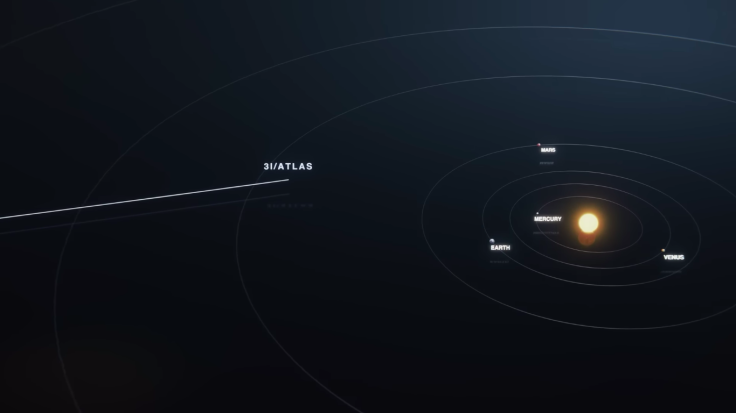
Harvard astrophysicist Dr Avi Loeb, who has urged the public to enjoy their time before 29 October, when a Manhattan-sized interstellar object named 3I/ATLAS makes its closest approach to Earth. Loeb believes the object could be an alien spacecraft and claims NASA isn't telling the full truth about the visitor that he says 'could change everything.'
Israeli Harvard professor Avi Loeb is warning everyone to take their vacations before October 29th, saying the approach of the Manhattan-sized interstellar object 3I/ATLAS “could change everything.”
— Shadow of Ezra (@ShadowofEzra) October 20, 2025
Loeb still believes 3I/ATLAS could be an alien spacecraft and claims NASA isn’t… pic.twitter.com/LQcrUBCkY3
Imagine a skyscraper-sized object, larger than the island of Manhattan, tumbling through our cosmic neighbourhood. Now, imagine it is venting a strange, metallic gas that has no business being in the cold vacuum of space.
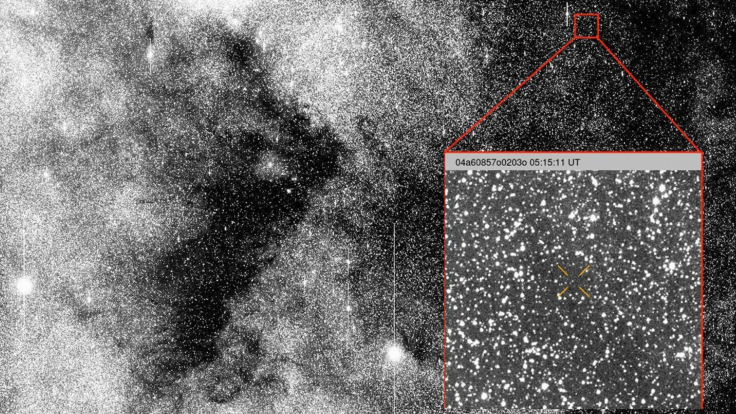
This is not science fiction; this is the reality scientists are facing with an interstellar object named 3I/ATLAS, a baffling visitor that is challenging our understanding of the cosmos. As reported by The New York Post, Harvard astrophysicist Dr Avi Loeb warns that this object is releasing a material that, until now, has only ever been seen in industrial manufacturing on Earth.
The Curious Case of Nickel From 3I/ATLAS
What truly sets 3I/ATLAS apart is its unique and perplexing emissions. Recent observations from the Keck II telescope in Hawaii have detected something extraordinary. The object is releasing 'a plume which contains four grams of nickel per second with no evidence of iron — unheard of in comets'. According to Dr Loeb, this chemical signature points towards a refined compound known as nickel tetracarbonyl.
This is a substance that simply does not appear naturally in space. 'There is only one place where that is known to exist and that is in industrially produced nickel alloys,' he explained. 'This was never observed for any other object.'
While researchers at the Keck Observatory have cautiously suggested the process could be a yet-unknown natural phenomenon, Dr Loeb remains sceptical. 'This was a process that we can imagine only because it was used in industry', he stated, highlighting the truly unprecedented behaviour of this interstellar object.
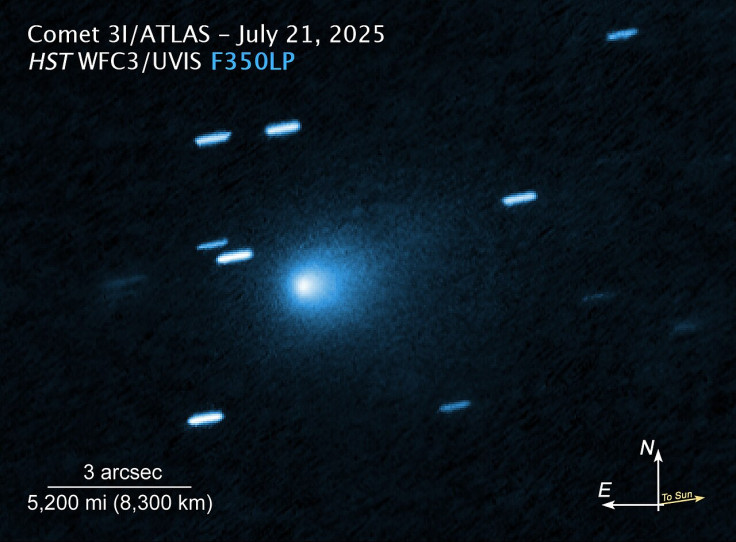
A Pattern of Peculiarities Surrounding 3I/ATLAS
The strange metal emission is just one piece of a much larger puzzle. In a discussion with Glenn Beck, Dr Loeb explained that 3I/ATLAS defies expectations in almost every regard.
Astronomers expect to find far more small interstellar objects than large ones, yet one of the first we have observed is enormous. 'It's the size of Manhattan Island,' Loeb said. 'We expect many more small objects than big objects... but we found a giant one.'
Its trajectory is another statistical anomaly. Its orbit 'aligns within five degrees of the ecliptic plane of the planets', a one-in-500 probability. Furthermore, its arrival in our solar system seems almost perfectly timed, coinciding with close passes by Mars, Venus and Jupiter. Dr Loeb noted this improbable timing could suggest 'fine-tuning.'
Adding to the mystery, the Hubble Space Telescope captured an image of a jet of material pointing directly toward the Sun, the complete opposite of a normal comet's tail, which always points away. 'Why are we seeing a jet pointed at the Sun? A stream of material in the direction of the Sun?' Loeb questioned.
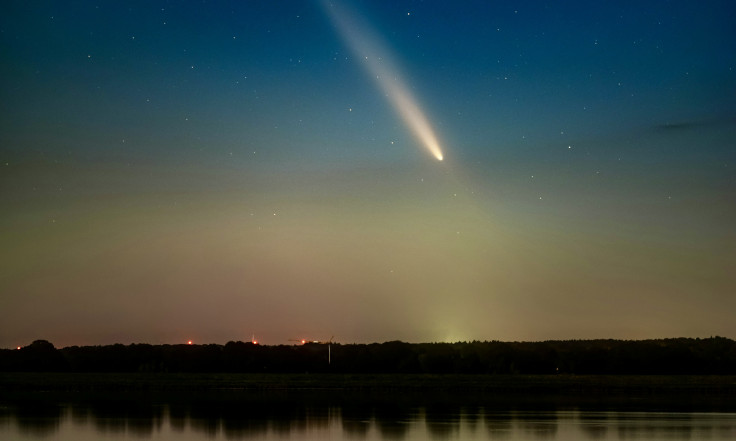
Is 3I/ATLAS a Technological Artefact?
Given the growing list of anomalies, Dr Loeb, a long-time proponent of open scientific inquiry into interstellar phenomena, argues that we must consider all possibilities, including technological origins. 'If it was designed by intelligence you wouldn't be able to forecast exactly what it would do,' he told Beck. He compared the situation to 'finding a visitor in your backyard', whose actions cannot be predicted by the familiar laws of nature.
Loeb has not shied away from the most extraordinary possibility: that 3I/ATLAS is an alien spacecraft. He has openly questioned the official narrative, suggesting that experts and government agencies like NASA are not telling the public the full truth, insisting the object is merely an interstellar comet to avoid panic.
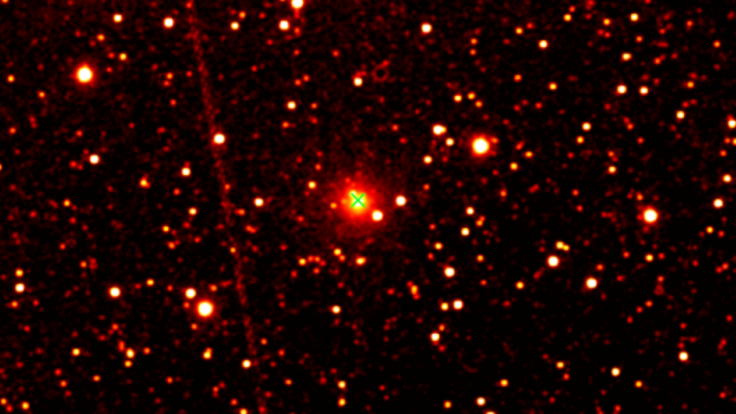
Awaiting Crucial Data on 3I/ATLAS
Frustratingly, a key set of data that could provide answers remains out of reach. The Mars Reconnaissance Orbiter's HiRISE camera captured images of 3I/ATLAS as it passed within 12 million miles of Mars. However, due to a U.S. government shutdown, these crucial images have not been released. 'Who cares about the communication departments? We want to see the data from the scientists', an exasperated Loeb said.
For Loeb, this delay only fuels suspicions that the agency is deliberately withholding information that might contradict the official 'interstellar comet' explanation.
For now, 3I/ATLAS represents more than just a cosmic rock. With its improbable size, finely tuned trajectory and emissions of industrial-grade metal, it poses a profound question. Are we witnessing the first clear evidence of alien technology, something far stranger, or simply a new type of comet that will rewrite our astronomy textbooks?
With the object's closest approach fast approaching, Dr Loeb's warning hangs in the air. 'I advise you to take your vacations before October 29th,' he reiterated, leaving the world to wonder what he believes will happen on that date. As we await more data, the conversation is just beginning, but one man of science is certain: our world could be about to change forever.
© Copyright IBTimes 2025. All rights reserved.





















